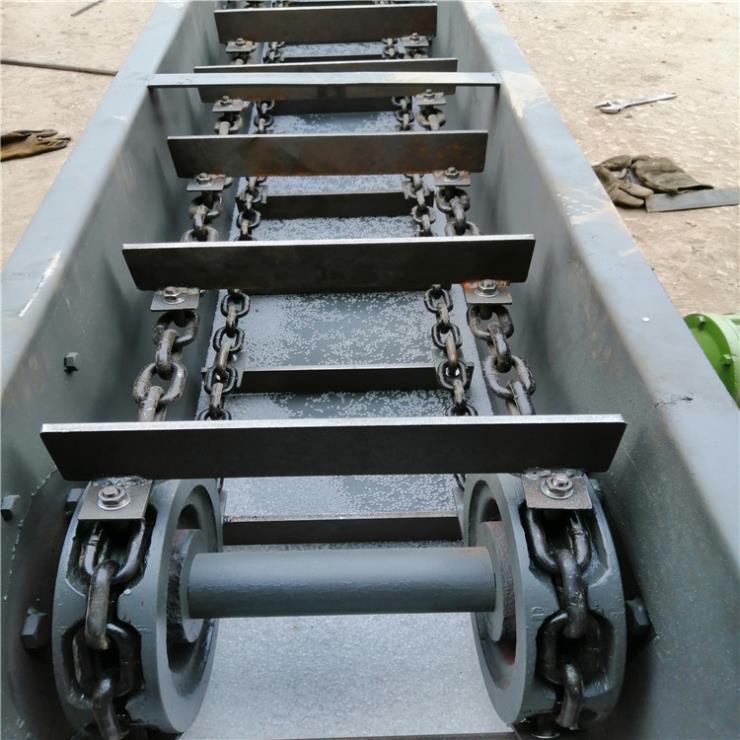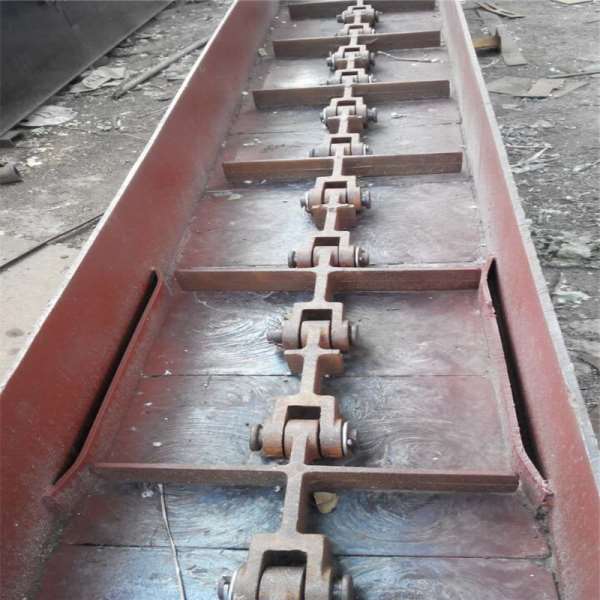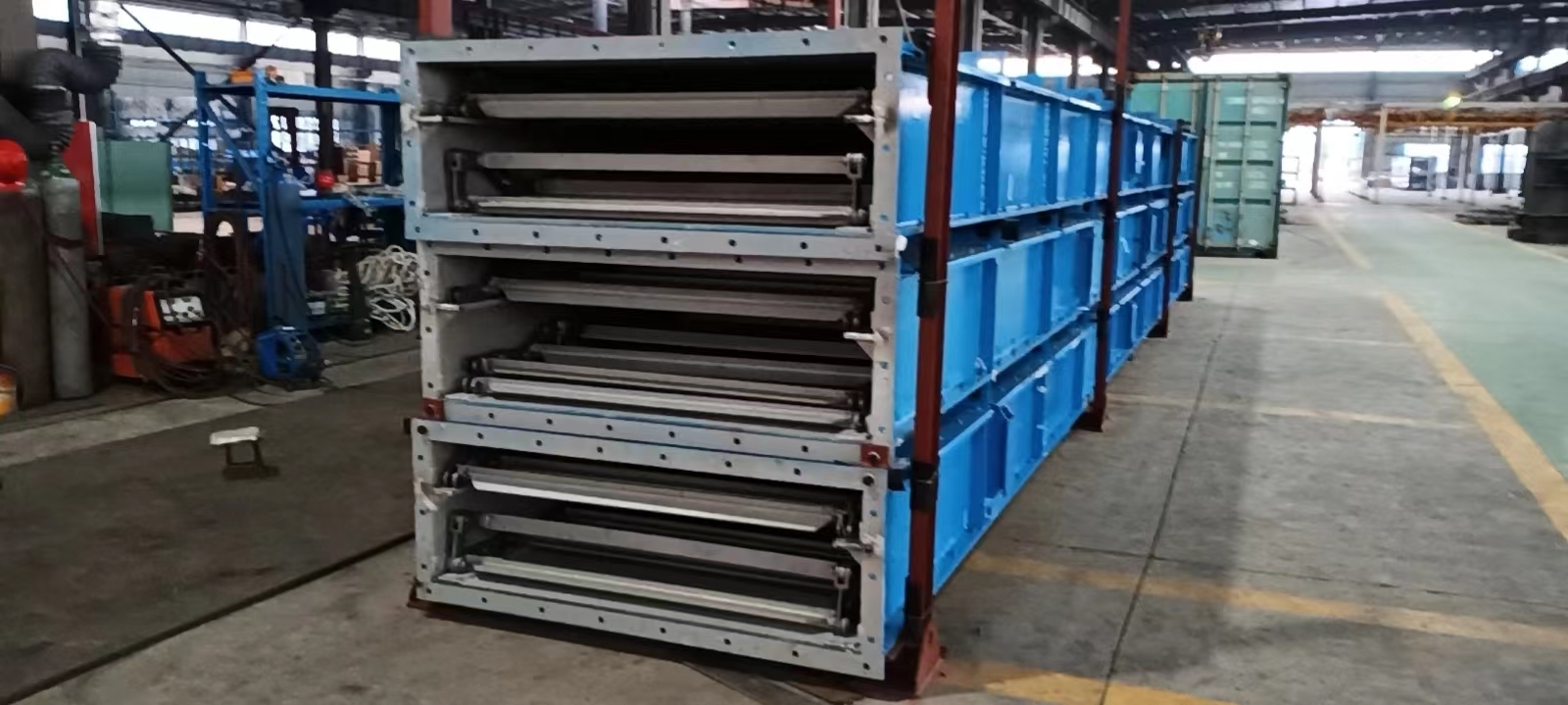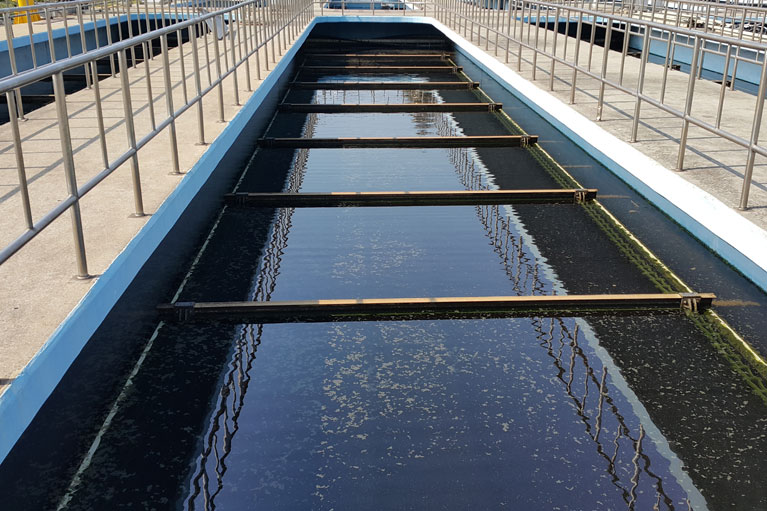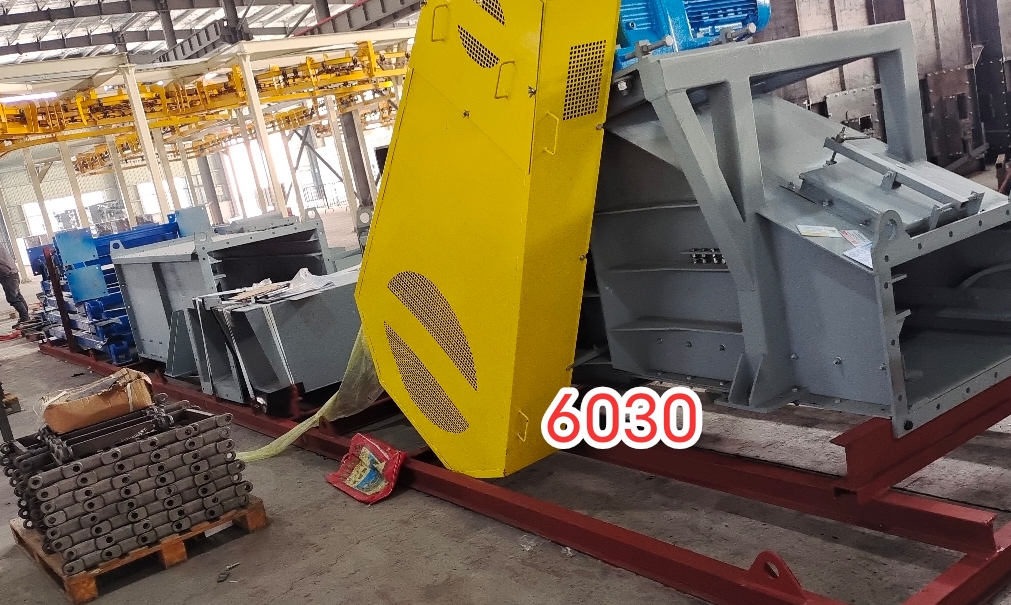
Ash Conveyor System
Ash Conveyor System
An Ash Conveyor System is a specialized equipment solution used for the efficient collection, transport, and disposal of ash generated from combustion processes. These systems are integral in industries such as power generation, waste-to-energy plants, cement plants, and biomass facilities, where ash is a byproduct of burning materials like coal, biomass, or waste.
Ash conveyor systems are designed to handle different types of ash, including:
- Fly Ash: Fine ash collected from flue gases.
- Bottom Ash: Coarser ash that collects at the bottom of a furnace or boiler.
- Boiler Slag: Molten ash that solidifies into glassy particles.
Types of Ash Conveyor Systems
- Submerged Scraper Conveyors (SSC)
- Application: Ideal for handling bottom ash directly from the boiler or incinerator.
- Design: Features a chain-driven scraper submerged in water to cool, quench, and transport hot ash.
- Benefits:
- Reduces dust and environmental impact.
- Cools ash for safe handling and disposal.
- Compact and efficient for continuous operation.
- Pneumatic Conveyors
- Application: Used primarily for transporting fly ash from hoppers, baghouses, or electrostatic precipitators to silos or disposal areas.
- Mechanism: Uses air pressure (positive or negative) to convey ash through pipelines.
- Types:
- Dilute Phase: High air velocity for fine, lightweight ash.
- Dense Phase: Low velocity and high pressure for transporting coarse, abrasive ash.
- Benefits:
- Fully enclosed, minimizing dust emissions.
- Capable of transporting ash over long distances, vertically or horizontally.
- Dry Ash Conveyors
- Application: Designed to transport dry bottom ash without the use of water for quenching.
- Benefits:
- Reduces water usage and eliminates wet ash ponds.
- Environmentally friendly and cost-effective.
- Features: Typically includes chain conveyors or air-cooled systems for ash cooling and transport.
- Drag Chain Conveyors
- Application: For transporting heavy or coarse ash like bottom ash or slag.
- Design: Utilizes a series of chains with attached flights to drag ash through an enclosed trough.
- Benefits:
- High durability and wear resistance.
- Can handle high temperatures and abrasive materials.
- Suitable for horizontal and inclined transport.
- Screw Conveyors
- Application: Commonly used for small-scale ash handling or to move ash from hoppers to larger conveyors.
- Design: Features a rotating screw within a trough or pipe to move material.
- Benefits:
- Compact design for tight spaces.
- Cost-effective for short-distance transport.
- Reliable and low maintenance.
Key Features of an Ash Conveyor System
- Durable Construction
- Built to handle high temperatures, abrasive ash, and harsh environments.
- Materials like high-strength steel and wear-resistant liners ensure long service life.
- Dust Control
- Enclosed designs minimize ash spillage and airborne dust, ensuring compliance with environmental regulations.
- Efficiency
- Designed for continuous operation with minimal downtime.
- Capable of transporting large volumes of ash over long distances.
- Flexibility
- Available in various configurations (horizontal, inclined, or vertical).
- Can be customized to fit plant layouts and specific process requirements.
- Low Maintenance
- Advanced designs reduce wear and tear, minimizing maintenance requirements.
- Features like self-cleaning chains and automated operation enhance reliability.
Applications of Ash Conveyor Systems
- Coal-Fired Power Plants
- Transport of fly ash from electrostatic precipitators or baghouses to silos.
- Handling of bottom ash from boilers or incinerators.
- Waste-to-Energy Plants
- Conveying ash generated from burning municipal solid waste.
- Includes systems for both fly ash and bottom ash handling.
- Cement and Building Materials
- Recovery and transport of ash for reuse in concrete production or as an additive in construction materials.
- Biomass Power Plants
- Handling ash byproducts generated from burning wood chips, agricultural waste, or other biomass fuels.
Advantages of Ash Conveyor Systems
- Environmental Compliance: Minimizes dust, spillage, and ash pond use, meeting strict environmental regulations.
- Cost Efficiency: Reduces labor and operational costs through automation and efficient design.
- Improved Safety: Enclosed systems ensure safer handling of hot and potentially hazardous ash.
- Adaptability: Can be tailored for specific types of ash, plant layouts, and capacity requirements.
Conclusion
An Ash Conveyor System is essential for the safe, efficient, and environmentally friendly handling of ash in industrial facilities. With options ranging from submerged conveyors to pneumatic systems, these solutions ensure smooth and reliable operation while minimizing environmental impact and maintenance costs.
Would you like to explore a specific type of ash conveyor system for your application, or need assistance with design and integration?



